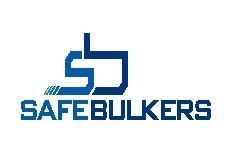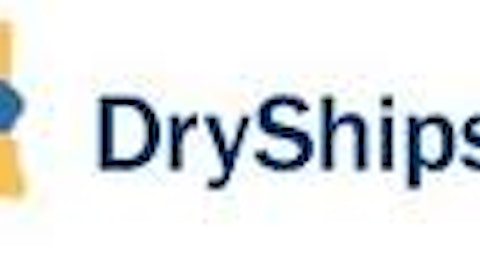Good investors are like artists: They pick a number of stocks of varying qualities in an attempt to create the perfect portfolio. To that end, Safe Bulkers, Inc. (NYSE:SB) and Ship Finance International Limited (NYSE:SFL) are two shippers to consider, since they operate with a mix of longer-term contracts that help to defend them from the volatility. Both companies come with their own risks, but the high dividends and effective use of cash provide a margin of safety for investors. Income is a precious commodity, and quality shippers are a great way to add a little spice to a portfolio.
Two Strong Dividends
Safe Bulkers, Inc. (NYSE:SB)
This dry bulk shipper operates 24 vessels under a variety of long-term contracts. Even though it tries to keep its ships off of the spot market, it’s not able to completely insulate itself from the current low prices. Around 33% of its ships’ contracts will expire in 2013, 18% in 2014, and 20% in 2015. Prices are expected to be weak in 2013 due to a continued excess of ships. Safe Bulkers has risks, but its mix of longer term contracts will help it to survive as the supply and demand situation comes back into balance.
The company has some debt on its balance sheet, with a total debt to equity ratio of 1.55. Its fixed rate charters provide steady cash flow, but this increases its customer concentration. This tradeoff appears prudent, as the alternative would be to base Safe Bulkers’ contracts on the volatile spot rates. With a payout ratio of 51%, the firm is being careful not to put too much cash flow into dividends. Its yield of 5.4% is not amazing, but a safe and sure yield is much better than an extreme yield that sucks away a firm’s resources.
Ship Finance International Limited (NYSE:SFL)
This company operates in a number of different areas of the shipping industry. A majority of its business lies in the offshore oil and gas sector. China and India’s continued need for energy, and the growth in offshore drilling from Brazil to the arctic, are positive factors for the company. Also, its long-term charters add an extra layer of protection. As of Q3 2012, 66% of contracts have 10 years or more remaining, and 32% have five to 10 years remaining.
Ship Finance International has a payout ratio of 74%, but the company’s long-term contracts make its yield of 8.9% justifiable. Given the world’s long-term energy constraints and Ship Finance’s exposure to this market, its total debt-to-equity ratio of 2.03 is acceptable. The company currently has $66 million in cash and equivalents ,which is more than enough to cover its banking covenants of $25 million. This high-yielding shipper is an attractive investment, with its effective use of long-term contracts decreasing risk and ensuring cash flow.
One Dividend to Avoid
Nordic American Tanker Ltd (NYSE:NAT) runs a fleet of 20 Suezmax tankers with a small total debt-to-equity ratio of 0.29. In 2013, the oil tanker market is expected to remain depressed. High gas prices, along with growth in Canada’s oil sands and liquids-rich fracking, are long-term negative pressures on North American crude imports.
This firm is not a master limited partnership, but it has a history of being run as if it were. Others have noted how the company has continually paid out dividends in excess of operating cash flow. The company’s current yield of 7.2% makes it attractive to dividend-seekers, but investors need to be careful. The development of the Keystone XL pipeline and other midstream infrastructure will further decrease the need for North American crude imports. Ship Finance has some exposure to the tanker market, but much less than Nordic. At a price-to-book ratio of 0.55, Nordic appears cheap, but given the negative macro pressures, it should be trading at a discount.
Conclusion
Long-term contracts are an effective way for companies to bring stability to the shipping industry. The dark days of the dry bulk industry are not over yet, but Safe Bulkers has a number of contracts that will help it get through the next couple of years. Also, the company has a conservative payout ratio of 51% which shows that it’s not sacrificing cash flow for short-term gains.
Around half of Ship Finance International’s revenue comes from offshore drilling, which is expected to a strong sector over the long term. Oil is not getting easier to find. The less attractive tanker market represented 30% of revenue in Q3 2012, but this is acceptable, given the large number of long term contracts the company has.
These two companies offer strong yields and an effective way to take part in the shipping industry.
The article Two Shipping Dividends worth the Risk originally appeared on Fool.com and is written by Joshua Bondy.
Copyright © 1995 – 2013 The Motley Fool, LLC. All rights reserved. The Motley Fool has a disclosure policy.


